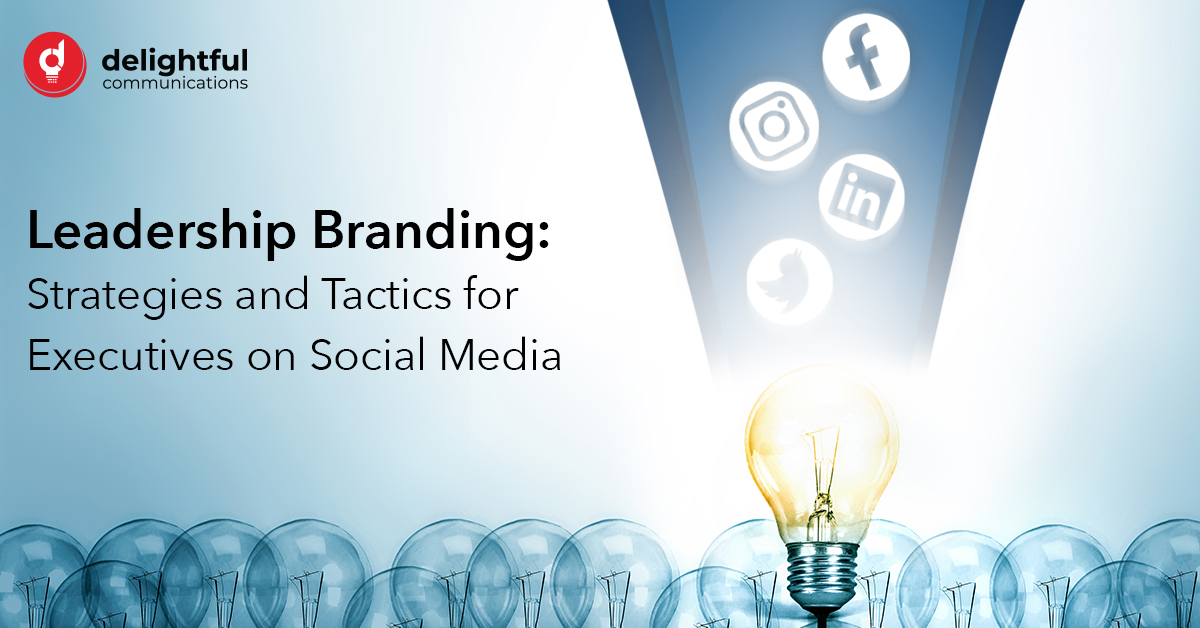
Metaverse—the biggest opportunity for modern business since the creation of the internet or a cartoony wasteland? Technology to transform the enterprise or just avatars with no legs? There are vocal proponents and naysayers. But a steady stream of data shows it’s real, it’s here, and effective thought leadership can be an influential force for business.
Read more: Delightful metaverse strategies for executives and thought leadersWhat is the value of being there?
According to a report from the World Economic Forum, 71% of executives say the metaverse will be good for business and 42% see it as transformational. There are big tech players like Meta, Microsoft, Google, and Intel. But corporations like Disney, Macdonald’s, Warner Brothers, and Walmart are also pursuing metaverse technology patents. Consulting partners like Accenture aggressively guide global clients through metaverse strategies. And, according to McKinsey, consumers picture themselves in the next five years shopping, seeing their doctor, attending a live event, and even going on dates. Corporate marketing is all over the messaging and branding at the enterprise level.
We think you should consider the possibilities of executive thought leadership in the metaverse. B2B decision-makers look to executives as influential resources for the latest thinking in an industry (71%) and future trends (68%). Executive thought leadership presence improves brand perception (93%) and directly increases revenue (91%). The metaverse presents a tantalizing opportunity to build and expand a leadership brand. However, before you dive in, we should take a more pragmatic look beyond the hype and mythology.
Where is “there”?
There are two distinct metaverse models: consumer and enterprise. The consumer metaverse is the digital place where people—as digital avatars—shop, trade, travel, and interact with one another. It’s a fully immersive VR-driven experience. For example, in the Decentraland Marketplace, visitors can buy and sell land. High-end fashion lovers go to the Gucci Vault to dress their avatars. Macdonald’s is working on a virtual storefront with home food delivery.
The enterprise metaverse embraces technology and the power of the cloud to deliver enhanced consumer experiences, flexible and traceable supply chains, data-driven business decisions, and the full promise of the Industrial Internet of Things (IIoT). Think manufacturing and medicine.
Do you have to choose one or the other?
It’s an interesting question. The answer is, “It depends.” What’s the industry? What’s the corporate strategy? Are you well-versed in the power of digital twins to harden global supply chains? More comfortable discussing the impact of nested NFTS? Or do you sit at the intersection of AI, machine learning, and ethics? Who follows you now and who do you want to reach in the future? What are your goals?
It’s an intriguing challenge.
Is it worth the risk?
The European Commission’s foreign aid department threw a party in their $470,000 metaverse…and nobody came. Well, five people showed up. When the New York Times publishes articles like My sad, lonely, and expensive adventure in Zuckerberg’s V.R. or well-funded research into working in the metaverse prompts headlines like “New Study Shows Working in The Metaverse Sucks,” you know the naysayers are jumping on a bandwagon. Is the metaverse a major disrupter or a hypothetical fad?
The benefits continue to be debatable
Public perception and research raise troubling questions about the impacts of life in the metaverse. What happens to privacy when increasingly more data is collected? Can we ensure equal access to connectivity and hardware? How do kids identify “stranger danger” in a virtual world? What constitutes a crime in the metaverse? When violence, racism, and misogyny become pervasive visuals, what happens? Is it the ultimate platform for misinformation?
What’s your strategy?
“Strategy without tactics is the slowest route to victory. Tactics without strategy is the noise before defeat.” Sun Tzu
Effective thought leadership in the metaverse requires a strategy. Done well, it shows you are a trusted advisor and are on top of current and future trends. It demonstrates you are someone who has something to say. You are the person people turn to when they want to explore relevant trends, learn more about a topic, and hear about companies who have successfully made a jump into a new space. Without a strategy, thought leadership shuffles along with random stops along the way. What’s the point of following someone who doesn’t really know where they are going?
We think the opportunities for relevant and influential thought leaders in the metaverse are there. However, it is increasingly clear it requires a well-thought-through strategy and plan of action.
When and where to jump in
Executives with an online presence can immediately start sharing perspectives on how the #metaverse shapes their industry. Mobile World Congress in Barcelona is a hotbed of technology topics and announcements around immersive technology and 5G. Cannes Lions International Festival of Creativity in June promises to be a hub for ideas with the first Metaverse Lion award for immersive experiences that push the boundaries of technology. There is a gold mine of significant and current content to share with followers.
Ready for a bigger step? Develop your avatar. Mesh avatars for Microsoft Teams (currently in preview) make avatars a common and accepted presence in business meetings. New employees at companies like Accenture now send their avatars to onboarding sessions. Want to boost your presence and credibility? Send your avatar to speaking engagements and industry conferences.
Note that we said “develop” your avatar. As the digital embodiment of how executives present themselves, creating an avatar within corporate branding guidelines may be a balancing act.
Start with a strong foundation
Your online presence and thought leadership strategy start with a clear personal brand—your leadership brand. Delightful Communications have been helping executives hone their brands with our executive communications services for over 10 years. We help develop an authentic voice with clear messaging pillars based on your vision, missions, and goals.
We do a thorough analysis and identify gaps. Our specialists lay out a clear strategic and tactical plan that prioritizes moments and platforms for connecting with your online community. It’s a marriage of art and science, because as Winston Churchill said, “However beautiful the strategy, you should occasionally look at the results.”
Let’s talk about how we can help you reach your full potential as a thought leader.
– Mel Carson, CEO and Founder, and Bettijean Collins, Senior Content Specialist






